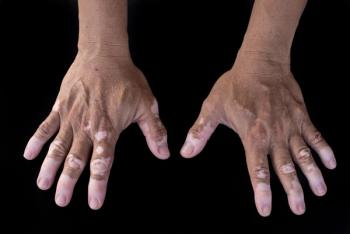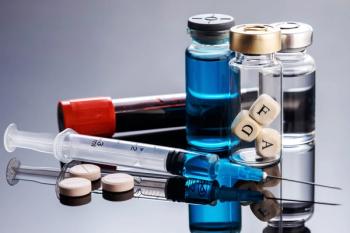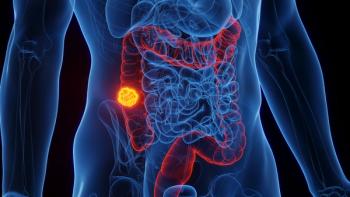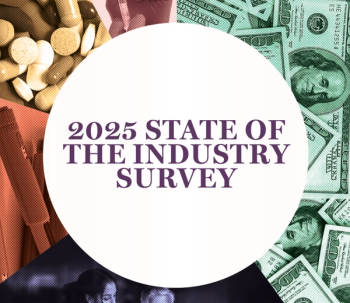
No HIV RNA Detected in Breast Milk of HIV-Positive Women, Preliminary Study Shows
Early trial data of two virally suppressed, breast-feeding women with HIV shows that there may be less of a risk of HIV transmission during breastfeeding than previously believed.
No HIV RNA copies were detected in the breast milk of two virally suppressed women with HIV, according to the results of a recent
The first woman had nine years of spontaneous viral control, and the second woman was on abacavir–lamivudine–dolutegravir and had an undetectable viral load for more than five years. The second mother breastfed her child for 12 months without any HIV transmission.
Although the researchers didn’t detect HIV RNA copies, they did detect 0.08 and 0.74 HIV DNA copies per million cells, respectively, using full-length individual proviral sequencing. It is not uncommon for HIV DNA to be left behind after the elimination of HIV RNA, but the significance is unclear, the researchers write.
A team of researchers led by Ariel Osegueda, M.Sc., from the National Scientific and Technical Research Council at the University of Buenos Aires, studied HIV reservoirs in the breast milk of two women living with HIV to gain an understanding of the HIV viral landscape in breast milk with long term viral suppression.
Results will be published in the next issue of the Annals of Internal Medicine.
This study is significant because of the current guidelines around women with HIV breast feeding. According to the latest data, there is still a small risk (less than 1%) that a woman on antiretroviral therapy (ART) can pass HIV to her baby through breastfeeding.
Forgoing breastfeeding is not always a realistic option, especially in parts of the world where HIV burden is high and resources are low. Formula can be expensive and difficult to obtain, and
Without ART, the World Health Organization (WHO) estimates there is a
As of
“This preliminary study shows that evaluating the HIV landscape in breast milk is feasible and lays the groundwork for future studies evaluating paired blood or breast milk samples from a larger number of WLWH with long-term viral suppression who are receiving new-generation ART,” Osegueda and her team conclude. “Such studies would provide
objective and updated evidence to shape future guidelines for these populations.”
The U.S. Department of Health and Human Services currently recommends that HIV-positive mothers on ART and their physicians make decisions about breastfeeding together.
Newsletter
Get the latest industry news, event updates, and more from Managed healthcare Executive.





















































